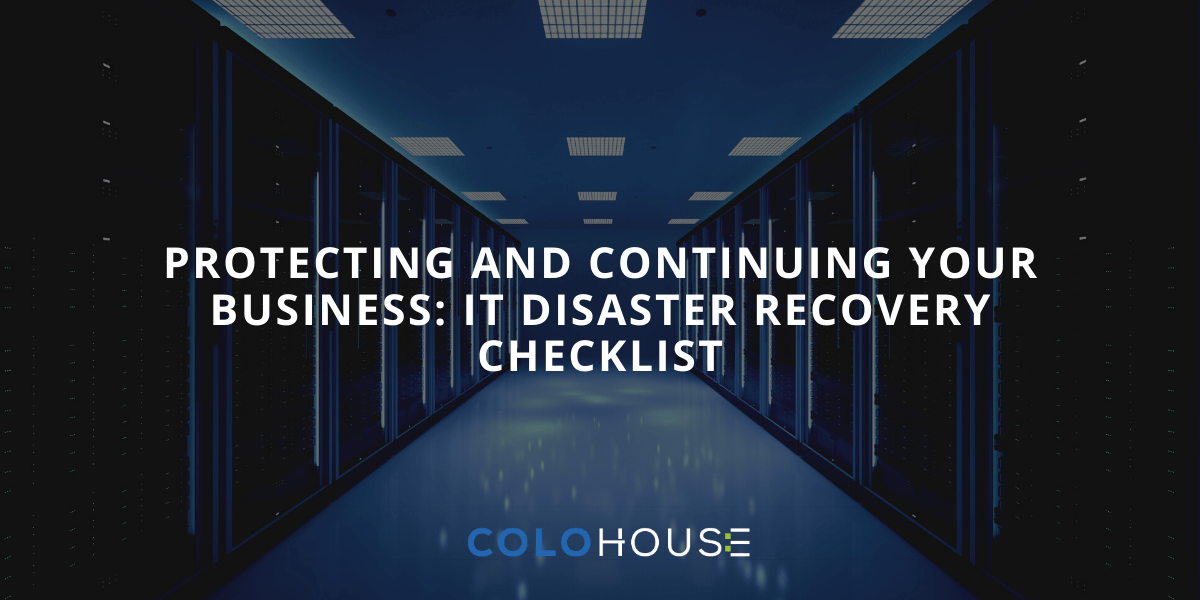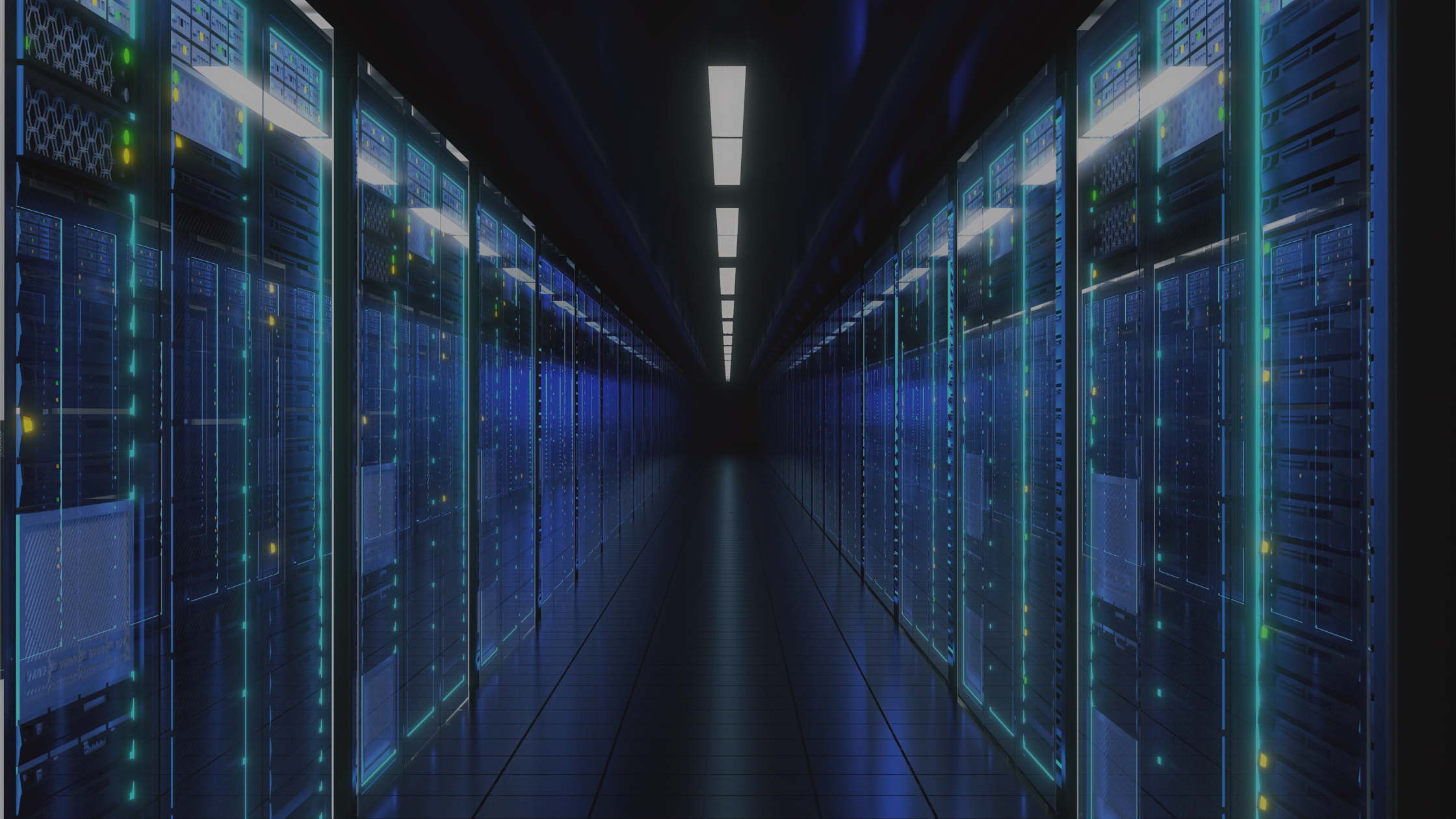Today, almost all businesses depend on their data and connectivity to manage their operation. Any disruption could have a serious consequence. When it comes to business continuity, it’s crucial to stay one step ahead. This checklist takes you through the key points to consider in the event of a disaster.
Why do you need a disaster recovery plan?
To ensure business continuity
Establishing infrastructure redundancy is crucial to business continuity. There are several options available to businesses seeking to protect their business in the event of a disaster, such as cloud, colocation or managed services.
Disaster recovery checklist:
– Identify the threat/ risk and its impact on your business
Every disaster is different. First, it’s essential to identify the underlying threat and how it may affect your business. It is easy to identify the most likely threats, but it’s also important to consider worst-case scenarios, such as the COVID-19 pandemic. Calculate risk by performing a risk assessment and business impact analysis.
– Audit your existing backup and recovery plan
The right data recovery and backup strategies are an important aspect of any disaster recovery plan. A backup solution along with a full business continuity and disaster recovery plan can assist to mitigate various threats to your business.
– Assign roles and responsibilities
All stakeholders should be included in your disaster recovery plan. Create a list of key stakeholders (both internal and external), along with their disaster-response responsibilities. Who should be contacted first when a threat is identified and how should they deal with each incident?
– Could your team continue to work after or even during a disaster?
If a disaster happens, the health, safety, and security of your team are crucial to continuing your operation. A natural disaster or a disease pandemic could make it necessary for employees to work remotely.
Moving a business’s mission-critical data, IT resources or backup systems to a colocation data center is an attractive option for any business worried about business continuity.
– Keep all stakeholders informed
Communication is crucial during any incident or natural disaster. Be prepared and know what and how you are going to communicate with internal and external stakeholders. It’s critical to update and reassure your end-users, who have placed their trust in your business.
– Regularly update the disaster recovery plan
An important step in responding to potential threats is to review your disaster recovery plan regularly. Your disaster recovery plan needs to be updated when internal and external factors within your business change.
– Test the disaster recovery plan
Your team must be familiar with the disaster recovery plan. Employees and all stakeholders should know their roles and responsibilities. Regularly testing your disaster recovery plan will help you identify gaps before a real disaster strikes.
ColoHouse Data Center Disaster Recovery Services & Solutions
ColoHouse can serve as your primary and back up facility for your IT infrastructure needs. All our facilities are carrier-neutral and geographically redundant across the globe. We are also located in several metro areas. During an emergency or natural disaster, ColoHouse has prepared and is ready to execute our action plan . Staying up and running for our clients and their end-users is our #1 priority.
Need help with a plan for your business? Please contact us on +1 305-731-2225 or fill in our contact form. Our team is happy to discuss your situation and requirements to help you get the best solution for your business.















